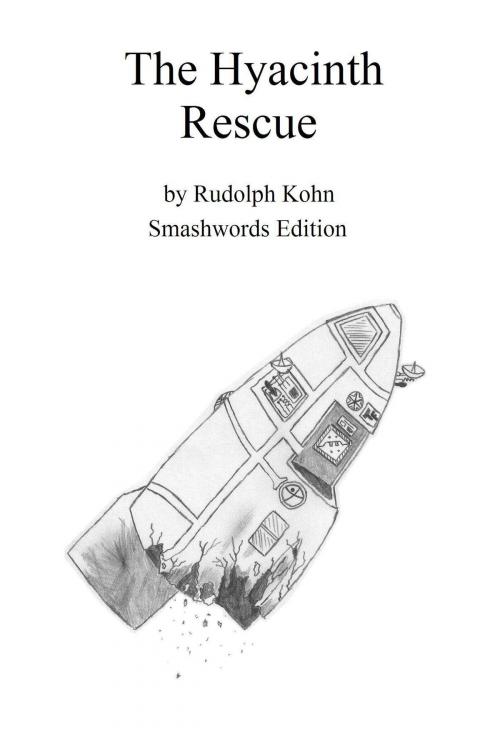| Author: | Rudolph Kohn Jr | ISBN: | 9781301212064 |
| Publisher: | Rudolph Kohn, Jr | Publication: | June 10, 2013 |
| Imprint: | Smashwords Edition | Language: | English |
| Author: | Rudolph Kohn Jr |
| ISBN: | 9781301212064 |
| Publisher: | Rudolph Kohn, Jr |
| Publication: | June 10, 2013 |
| Imprint: | Smashwords Edition |
| Language: | English |
The life of a deep space salvager is never easy. When Colton Trauvent hires Aric Misevelin and his team to find his father's missing ship, he learns that finding and recovering ships is not as easy as simply going from point A to point B. The potential for danger starts at the very beginning when he discovers that, as a potential client, he falls under a bit of suspicion himself.
The typical salvage operation has four parts: First, any good salvager spends a little time making sure the client is who he says he is. There are plenty of unscrupulous individuals who would love to drag unsuspecting people out to the middle of nowhere and... well, you get the idea.
Second, tracking a missing ship is frequently very difficult. Disabled ships usually emit none of the signs of life that distinguish running ships from random pieces of debris. Engines, communications, and life support systems can all fail, turning a bright speck in the blackness of space into a dim blob, difficult to perceive and even harder to identify.
Third, if the missing ship is found, one must still figure out what went wrong, and whether to try to fix the damage, or just abandon the ship. Of course, the expense of abandoning the ship makes fixing the damage all the more attractive an option, so a good salvager has to know when to give up.
Finally, simple mechanical fault is not terribly common. So the question a good salvager needs to find the answer to is: Is someone onboard responsible for the fault? Figuring out who you can trust can mean the difference between life and death, especially in the vast emptiness of space.
The life of a deep space salvager is never easy. When Colton Trauvent hires Aric Misevelin and his team to find his father's missing ship, he learns that finding and recovering ships is not as easy as simply going from point A to point B. The potential for danger starts at the very beginning when he discovers that, as a potential client, he falls under a bit of suspicion himself.
The typical salvage operation has four parts: First, any good salvager spends a little time making sure the client is who he says he is. There are plenty of unscrupulous individuals who would love to drag unsuspecting people out to the middle of nowhere and... well, you get the idea.
Second, tracking a missing ship is frequently very difficult. Disabled ships usually emit none of the signs of life that distinguish running ships from random pieces of debris. Engines, communications, and life support systems can all fail, turning a bright speck in the blackness of space into a dim blob, difficult to perceive and even harder to identify.
Third, if the missing ship is found, one must still figure out what went wrong, and whether to try to fix the damage, or just abandon the ship. Of course, the expense of abandoning the ship makes fixing the damage all the more attractive an option, so a good salvager has to know when to give up.
Finally, simple mechanical fault is not terribly common. So the question a good salvager needs to find the answer to is: Is someone onboard responsible for the fault? Figuring out who you can trust can mean the difference between life and death, especially in the vast emptiness of space.















